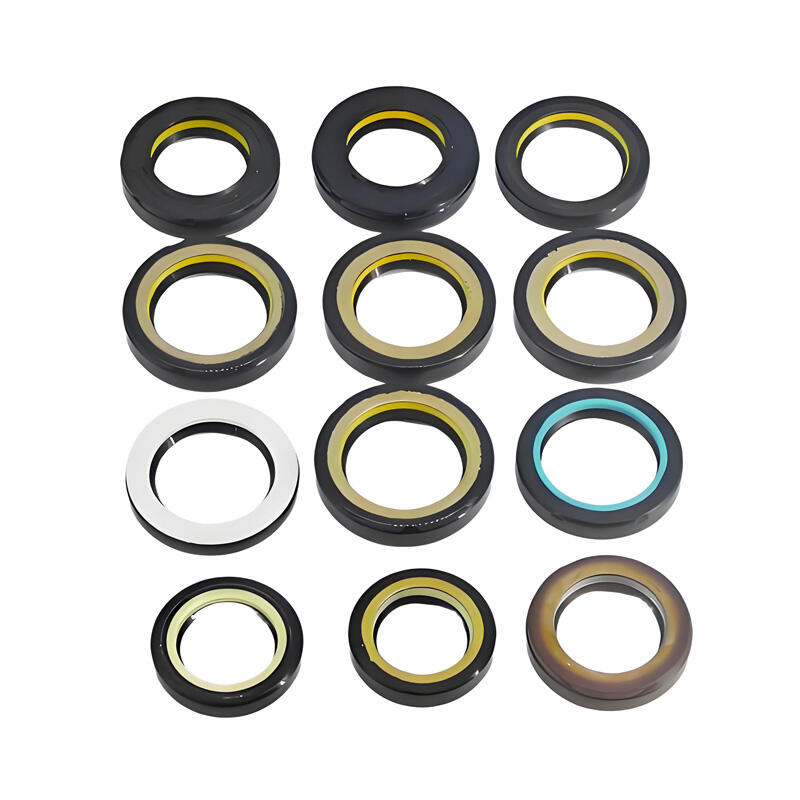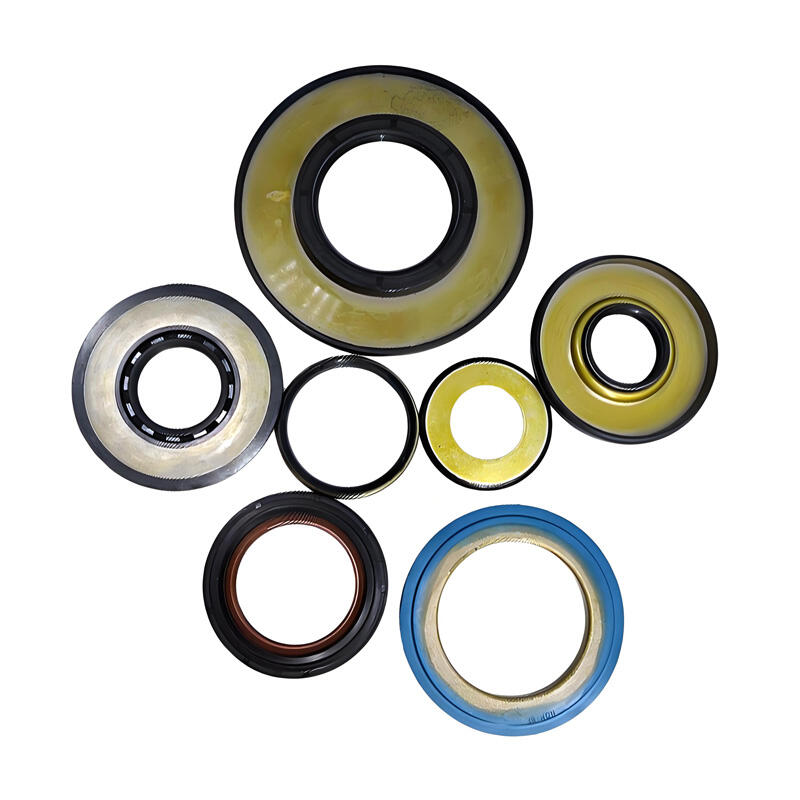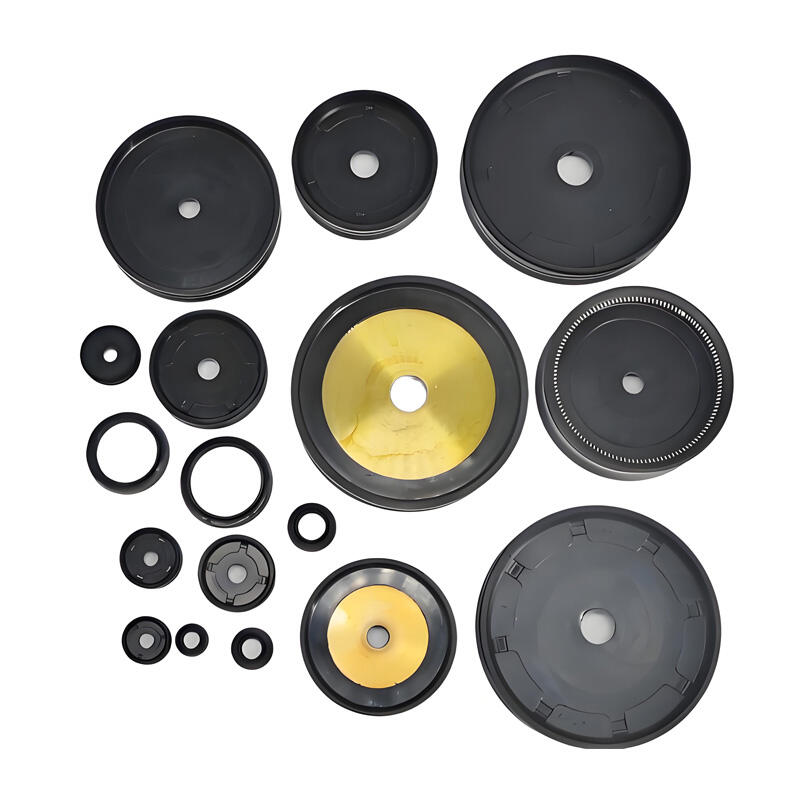oil seal gasket
An oil seal gasket is a critical mechanical component designed to prevent fluid leakage between two surfaces while maintaining pressure integrity in various mechanical systems. These precision-engineered seals consist of elastomeric materials carefully selected to withstand harsh operating conditions, including extreme temperatures, pressures, and chemical exposure. The primary function of an oil seal gasket is to create an impermeable barrier that contains lubricants within mechanical assemblies while preventing external contaminants from entering the system. The design typically incorporates a flexible lip that maintains constant contact with the rotating shaft or static surface, ensuring consistent sealing performance. Modern oil seal gaskets feature advanced materials such as nitrile rubber, fluorocarbon, or silicone, each offering specific advantages for different applications. These seals are extensively used in automotive engines, industrial machinery, hydraulic systems, and various rotating equipment where reliable fluid containment is essential for operational efficiency and equipment longevity.


